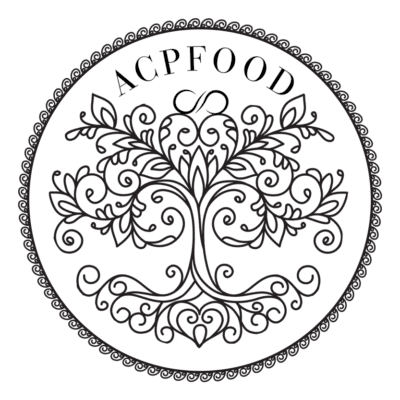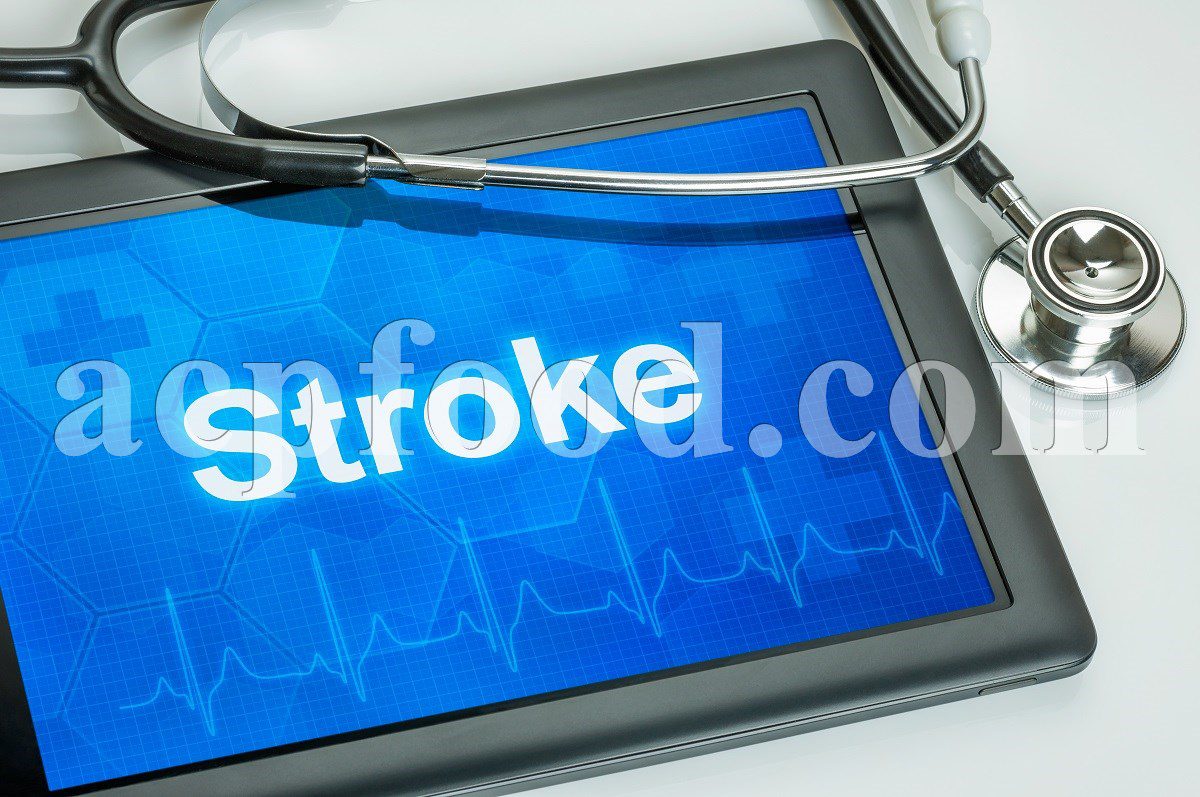
There are two main types of brain stroke, each of which has different causes. The first type is called “Ischemic Stroke”, which is caused by the blockage of one of the arteries of the brain with a blood clot, which causes the blood to not reach a part of the brain.
Another type of brain stroke is called “Hemorrhagic Stroke”, which is caused by the rupture of one of the vessels in or around the brain. Those who have high blood pressure for a long time are more prone to this type of brain stroke. While people with high blood cholesterol are more likely to suffer from ischemic stroke.
If the blood supply is temporarily and transiently stopped to a part of the brain, it is called a mini-stroke or “Transient Ischemic Attack” (TIA). Unlike a complete stroke, the signs, and symptoms of TIA, which are very similar to a complete stroke, only last less than 24 hours, and after that the patient feels completely recovered. TIA indicates that not enough blood has reached a part of the brain and there is a possibility of a full brain stroke in the future. Therefore, a TIA should never be ignored and it should be discussed with the doctor as soon as possible and the necessary investigations should be done for it.
People with high blood pressure are more prone to brain strokes than other people or normal people (due to rupture of arterioles deep in the brain).
Also, strokes can occur as a result of blockage of a large artery that supplies blood to the brain. Many people are familiar with the consequences of strokes, which often cause paralysis and inability to move one side of the body. These paralyzes can be temporary or permanent, while speaking, eyesight, body balance, and various senses may also be affected and disturbed.
Also read it: Suitable Diet For Diabetic Patients
A brain stroke may be the first sign that shows someone has high blood pressure. It should be noted that immediately after a brain stroke, blood pressure should not be lowered suddenly. The subject that is more concerned about brain strokes is its type and other factors that cause it, which are very different between people.
Sometimes brain strokes also occur to people whose blood pressure is normal, because apart from high blood pressure, there are other reasons that cause this complication to a lesser extent.
Table of Contents
The Main Symptoms of a Brain Stroke
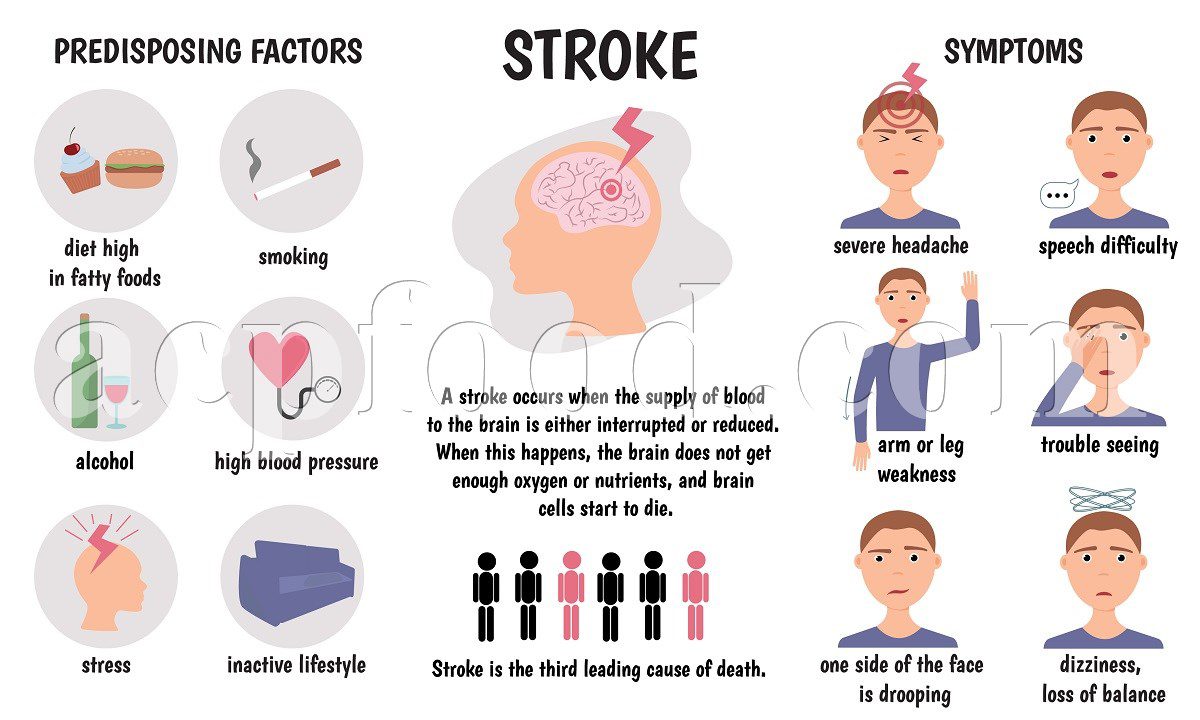 |
Numbness and paralysis: a sudden feeling of numbness and tingling, weakness, or paralysis on one side of the body. The symptoms of this condition may include paralysis of an arm or a leg, drooping of the eyelids, or drooling from the mouth. Sudden slurred speech: slurred speech, difficulty finding words to speak or understanding what others are saying. Sudden blurred vision: visual impairment, especially in only one eye. |
Confusion and imbalance: Dizziness, confusion, tremors, imbalance, or severe headache.
Brain Stroke CausesVarious factors cause brain stroke in people, some of these factors are: High blood pressure: high blood pressure and not treating it (high blood pressure damages the walls of the arteries.) Irregular heartbeat (arrhythmia): Atrial fibrillation, which is a type of heart beat irregularity, increases the possibility of blood clots in the heart. These clots can then travel from the heart to the brain and block its arteries. History: 20% of people who have a complete brain stroke have previously had one or more mini-strokes. Diabetes: People with diabetes are more likely to have high blood pressure and arteriosclerosis, so they are at a high risk of brain stroke. Smoking: Smoking has bad effects on the arteries, which is also related to high blood pressure. |
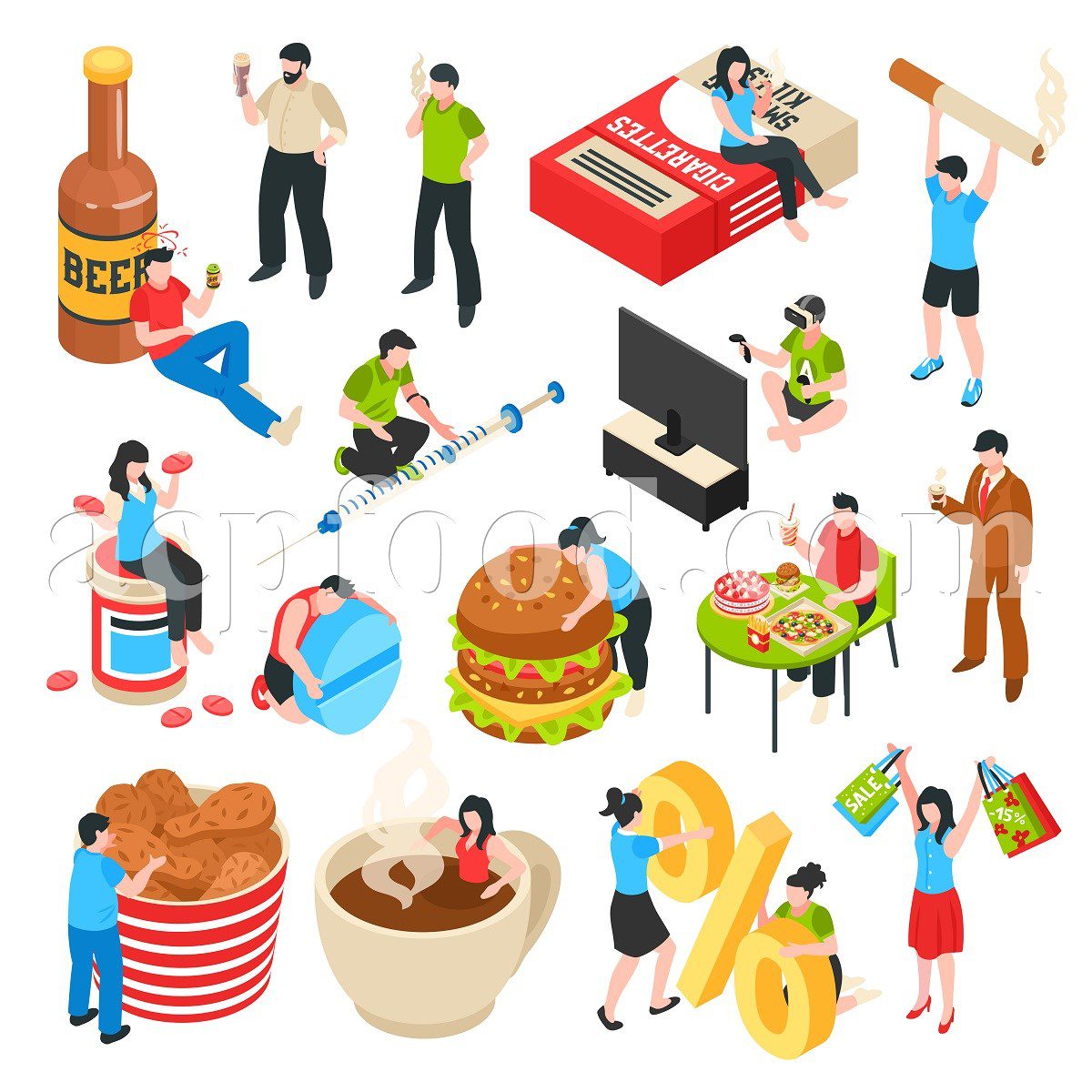 |
Excessive alcohol consumption: Excessive alcohol consumption in the long term can cause high blood pressure and rupture of cerebral arteries.
Contraceptive pills: Some types of combined contraceptive pills can increase the concentration and stickiness of blood and increase the possibility of blood clots. These pills may also cause high blood pressure.
Diet: A diet that contains a lot of salt causes high blood pressure, and a diet that contains a lot of fat and sugar causes narrowing of the arteries and sediment in them.
Also read it: Cleansing The Lungs From Cigarette Smoke With Iranian Traditional Medicine
Getting older: Brain stroke is more common in people over 55 years old, and the older they get, the more likely it is to occur. This is because it takes a long time to develop arteriosclerosis (hardening of the arteries) and the older people get, the arteries are less flexible and the possibility of blood pressure increase.
People’s gender: Men are more likely to have a brain stroke than women.
Family history: If one of your close relatives has had a stroke, this possibility increases in you too. Maybe because factors like high blood pressure and diabetes are more common in some families.
Racial background: Asians and Africans living in England are more at risk of brain stroke than others.
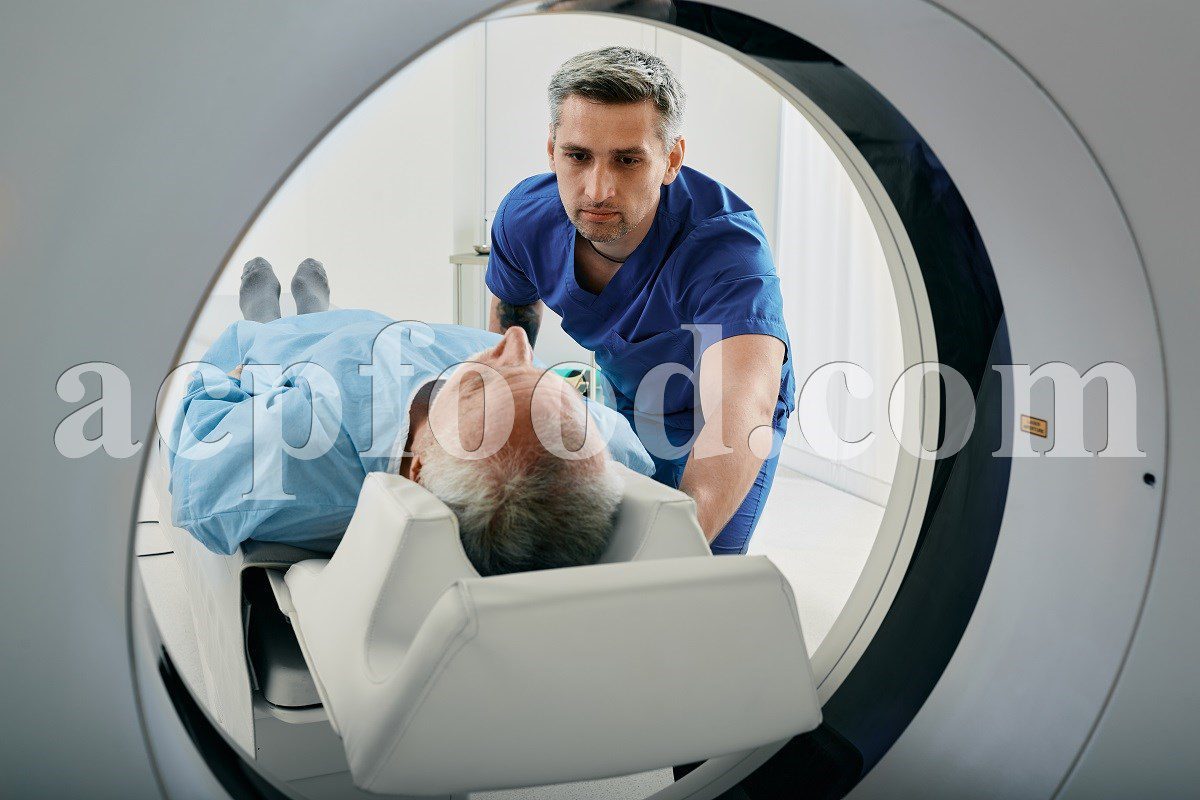 |
Diagnosis and Prevention of StrokeEffective brain stroke treatment depends on accurately diagnosing the type of stroke. In order to get an accurate diagnosis about the stroke type, it cannot be achieved just by taking the history and a normal clinical examination, but at least it requires a series of blood tests and a CT scan of the brain. An ultrasound of the carotid artery in the neck and sometimes of the heart may be needed. Carrying out these tests and procedures may seem long and boring, but they are necessary for the best treatment method for the body. |
When someone has a stroke or TIA mini-stroke, it is very likely that they will have it again in the future. In order to reduce the risk of having this stroke again, various measures can be taken. These measures include diet, taking drugs to prevent blood clots, exercise, and lowering blood pressure.
Is Brain Stroke Hereditary?
If one of your close family members has already had a brain stroke, the probability that you will also suffer from this problem is a little higher than other people. Especially if your relatives had a brain stroke when they were young, this possibility will be more in you.
Some of the reasons why strokes are more common in some families have been discovered. And its connection with high cholesterol and blood pressure in some families has been identified. Also, in some families, there are certain habits that cause this problem. For example, bad diets, drinking alcohol and smoking is passed from generation to generation.
If you have a family history of brain stroke, consult your doctor about this to see if there is anything you can do to minimize the risk of stroke by modifying it in your life.
Brain Stroke in ChildrenIn children and teenagers, the cause of brain stroke and how it recovers may be different from adults.
|
 |
- Another cause of stroke is the blockage of blood flow in a cerebral artery (ischemic stroke). In children, this condition can be caused by heart disease that was present at birth, heart surgery or brain tumor. Recently, research has shown that chicken pox in children may be a more common cause of ischemic stroke than previous thought of researchers.
Also, some other children’s diseases such as thalassemia, sickle cell disease, and Takayasu’s disease are risk factors for stroke in children.
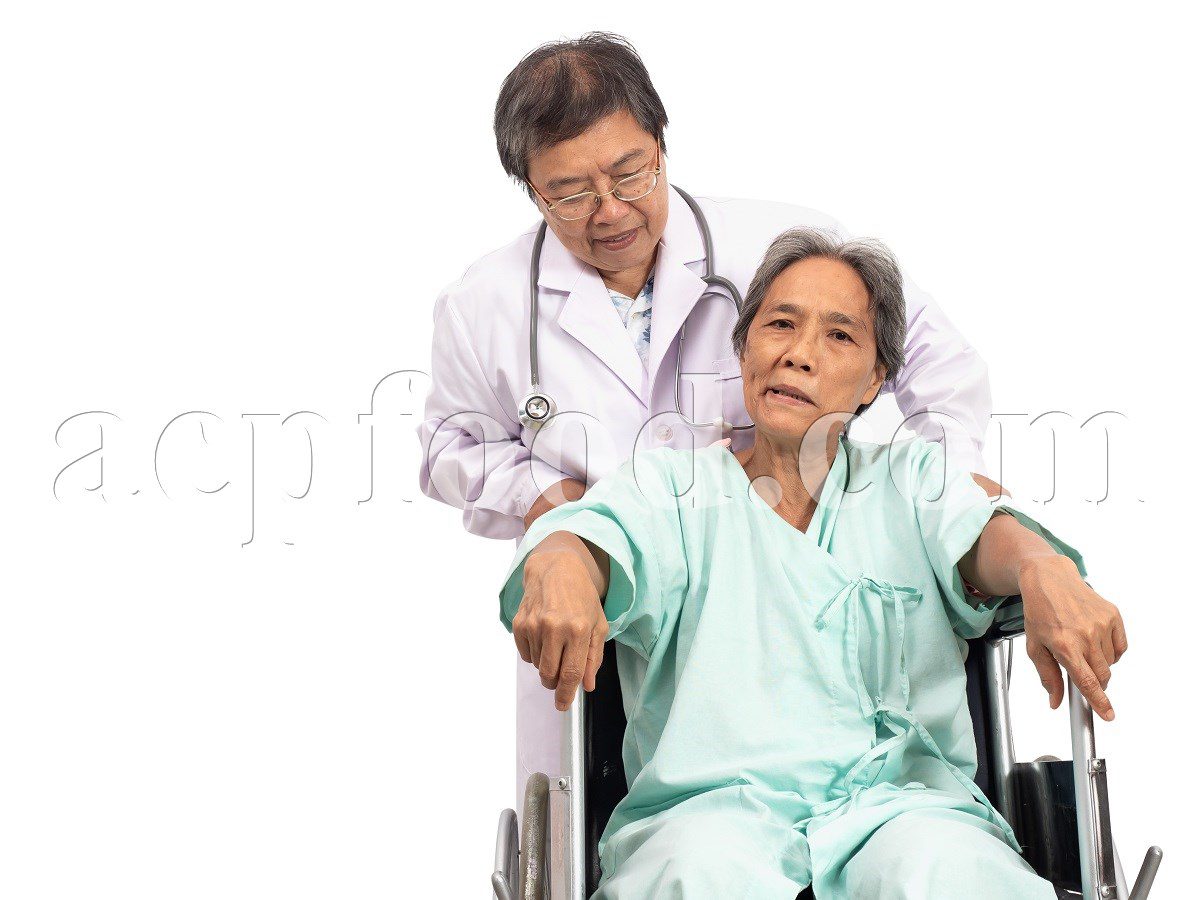 |
Other Symptoms of Brain StrokeThe side effects of brain stroke are very different in people and it depends on which part of the brain and how much of it is affected. In some cases, these side effects are very minor and remain for a short period of time, while in other cases, the severity of these side effects is very high and disables the person for a long time.
|
- Speech disorder: Many people who have a stroke have difficulty in speaking and understanding the words of others, as well as reading and writing. These problems can range from a temporary difficulty finding words to a complete inability to communicate with others.
Most of the people who have a lot of problems in speaking and understanding the language of others have a lesion in the left side of their brain because this part is responsible for learning, reading, writing, language, and numbers.
- Impairment in perception and understanding of concepts: people with stroke may have problems in identifying objects and how to use them. There may also be problems with abstract concepts such as saying what time it is.
- Cognitive problems: A stroke can often cause mental problems such as how to think, learn, concentrate, remember, make decisions, give reason, and plan.
- Fatigue: Fatigue is very common after a brain stroke, the cause of which has not yet been discovered.
- Mood changes: People’s mood may go up or down in stroke. Depression, anger, and loss of self-confidence are common problems of these patients. Sometimes these people may not be able to control their emotions and start crying, shouting, swearing, cursing, or laughing at inappropriate times.
- Psychological effects after a brain stroke: Strokes often make people very depressed and can affect their thinking and understanding. After a stroke, complications such as impaired concentration, remembering, impaired decision-making, and impaired learning may occur.
You may have mood problems. Anxiety, feeling sad, depression and emotional disorders, are some of the problems that may be seen after a stroke.
- Disturbance in the sense of touch after a stroke: After a stroke, patients may experience a disturbance in the sense of touch, which can be severe or minor. Like other problems that develop after a stroke, this disorder may disappear and improve on its own after some time.
- Fatigue and sleep disturbance: After a stroke, almost all patients experience fatigue in the first few weeks. Many people also have problems sleeping. Usually, the feeling of fatigue will improve by itself after the cerebral edema subsides.
Sleep disorders also often occur for several reasons. One of the common causes of sleep disorders is that since patients are hospitalized after a stroke and this environment is unfamiliar to them, they experience sleep disorders.
- Impairment in speaking and understanding content: A stroke can cause impairment in speaking or understanding content, or both together. Also, there may be a disturbance in the writing of these people. These problems mostly occur when the left part of the brain is damaged due to a stroke, so these problems are more common in people whose right hand and right leg are paralyzed.
The only exception to this situation is in left-handed people, because in one third of these people, the area of language and understanding words is in the right part of their brain.
- Pain after a brain stroke: Pain after a stroke is a common problem. In most cases, this pain can be treated well. The pain can be caused directly by the stroke or by the worsening of other problems and diseases that the patient had before.
Never assume that all the symptoms and problems you have after a stroke are just because of the stroke.
- Paralysis and muscle stiffness: Paralysis of an arm or a leg is one of the most common symptoms after a stroke. This paralysis may occur along with muscle stiffness called spasticity. This muscle stiffness worsens the patient’s condition.
The sooner rehabilitation measures are started after a stroke, the more likely recovery will occur. It is very important for people who has brain stroke to know what to do to minimize their long-term disability.
- Risk of death or long-term disability: Within a month after a stroke, about a third of people who have had a stroke die. Most of these deaths occur in the first week. Stroke is a serious and dangerous disease that has the highest risk of death in the first few hours. After this period, the risk of death gradually decreases.
In the first weeks and months after a stroke, many brain cells that have been damaged to some extent recover and resume their work. Meanwhile, other parts of the brain that have not been damaged will take over the tasks that the damaged brain cells used to do.
The amount of time it takes to heal varies from person to person. Usually, in the first few weeks after a stroke, there is an initial acceleration in recovery. As a rule, most people recover within a year to 18 months. But many people will need a longer period of time to recover.
How to Prevent a Brain Stroke?Changing the lifestyle and giving up bad habits are the most effective ways to prevent this deadly disease. In the following, we discuss some of the effective factors:
|
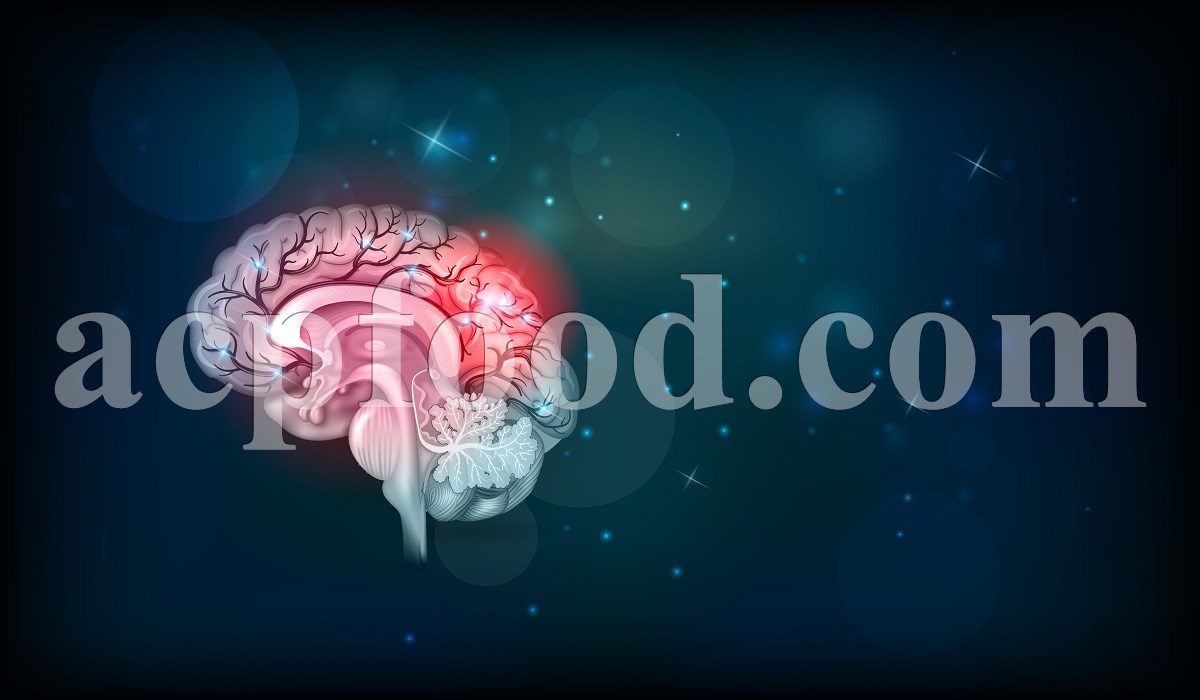 |
- Eat fruits and vegetables more than other food groups.
- Eat foods with low levels of cholesterol, trans fats, and saturated fats.
- Be physically active. Being active helps to control weight and reduce blood pressure and cholesterol.
- See a doctor periodically and maintain your health.
- Be sure to do the following steps to manage your health:
- Check your cholesterol and blood pressure levels.
- Review available treatments with a medical professional to find the best possible treatment.
- Focus on your heart problems and fix them.
- If you have diabetes, take steps to control it.
Brain Stroke Treatment
Treating stroke through traditional Iranian medicine is one of the methods some people are looking for. Traditional medicine is one of the old treatments that is often used as a complementary treatment along with the main medical treatments and uses this method to treat some mild diseases that depend on the body’s temperament.
Different methods are used in traditional Iranian medicine, such as leech therapy, hijama, cupping, various massages, and acupuncture.
For the treatment of more severe diseases, such as brain stroke, medical treatments and medical drugs are needed, and in some cases, surgery must be performed to treat the diseases, and in these cases, traditional medicine is not the answer, and there is a need for scientific and medical treatments.
Stroke is a severe disease that affects all aspects of a person’s life and causes all kinds of physical and mental problems for a person, and the symptoms and complications of a stroke are very wide. For stroke treatment, a set of specialists and doctors is needed, which includes:
neurologist, stroke physiotherapist, stroke occupational therapy, stroke speech therapy, nutritionist, psychiatrist, nurse, etc. It is not possible to treat stroke with traditional medicine alone, and traditional medicine cannot treat all physical and movement problems and other severe complications of stroke.
Also read it: Hijama (Wet Cupping)
The role of traditional medicine in the treatment of brain stroke can be used as a supplement along with the main treatments of stroke, which include medical and pharmaceutical treatments and rehabilitation treatments of stroke, and can be effective in the treatment of a series of mild problems of stroke.
Unfortunately, a number of stroke patients seek complete treatment of stroke with the help of traditional medicine and do not use other main stroke treatments, and this causes the loss of the opportunity and the golden time of stroke treatment.
Leech Therapy for Brain Stroke Recovery
Leech therapy is used in several sessions for better blood circulation in the body organs after brain stroke. Leeches are used in different parts of the body and make the blood thinner and circulate better, and the better the blood circulation is, the better the body’s organs move.
 |
Acupuncture for Brain Stroke RecoveryAcupuncture is performed with the help of special needles that are placed in certain parts of the body to stimulate motor and sensory nerves to treat. |
Cupping Therapy for Brain Stroke RecoveryThe traditional Iranian medicine specialist uses cupping therapy for better blood supply to the organs and stimulation of them, and with this method, it helps to move the organs better after a stroke. |
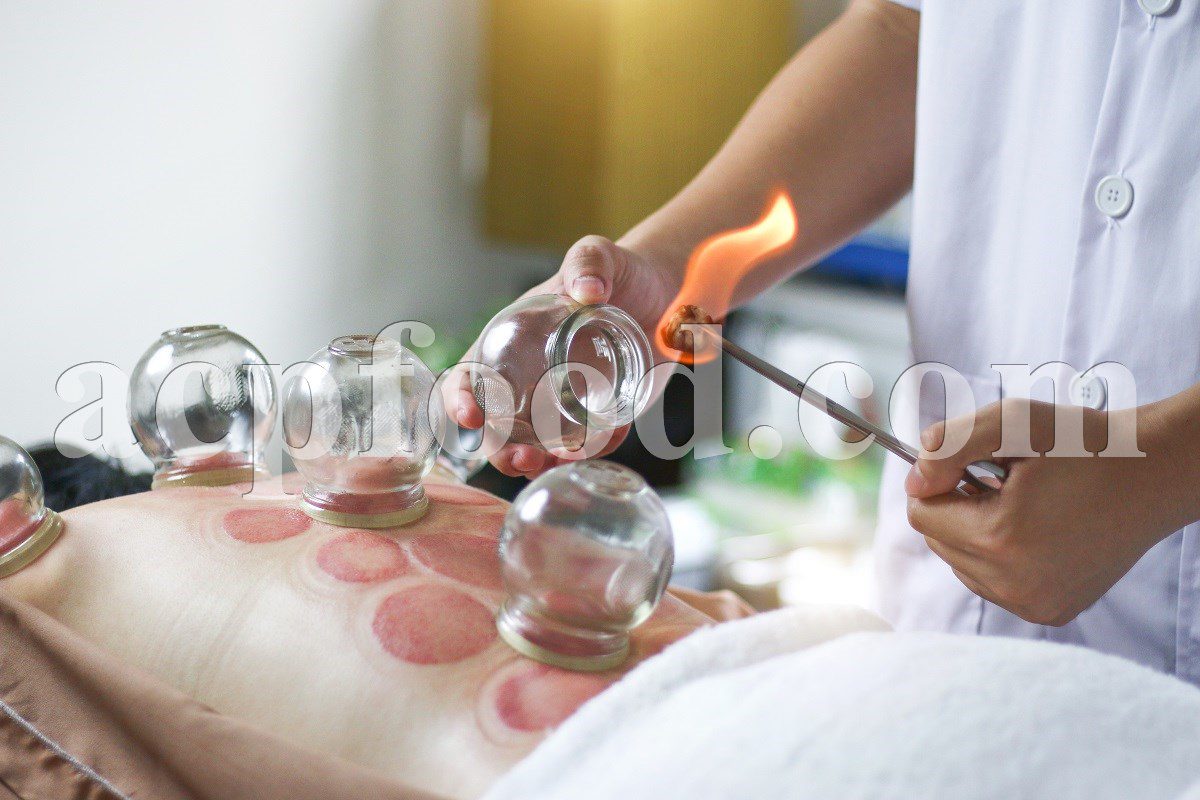 |
 |
Massage Therapy for Brain Stroke RecoveryIn traditional Iranian medicine, various types of massage therapy are used to treat stroke. Massage therapy in stroke patients softens the muscles and reduces the spasm of the limbs and increases the blood supply to the organs of the body and makes the organs move better. |
Herbal and Nutritional Treatments in Brain Stroke
In traditional medicine, herbs and food are used to treat stroke. The stroke treatment can be performed better by adjusting the patient’s temperament.
For example, Dr. Hossein Kheirandish, one of the most skilled sages of Iranian traditional medicine, treats stroke by hot cupping between shoulder, honey syrup (water+ honey), avoiding cold temperament foods, foot massage, sternutatory, oil massage on the fontanelle, whole body massage 14 to 40 sessions.
The process of brain stroke treatment is long-term, and therefore stroke patients and their families look for early and overnight treatment, but in reality, this is not possible, and stroke requires scientific and medical treatment, and it is very time-consuming. The physical and functional disabilities of stroke do not go away quickly and require basic treatment.
References:
-Daeratol Maarif Giah Darmanie Iran (Noskhehaye Shafabakhsh), by Haji Sharifi, Ahmad (Attare Esfahani)
-Traditional Iranian Medicine Doctor’s Prescriptions.

